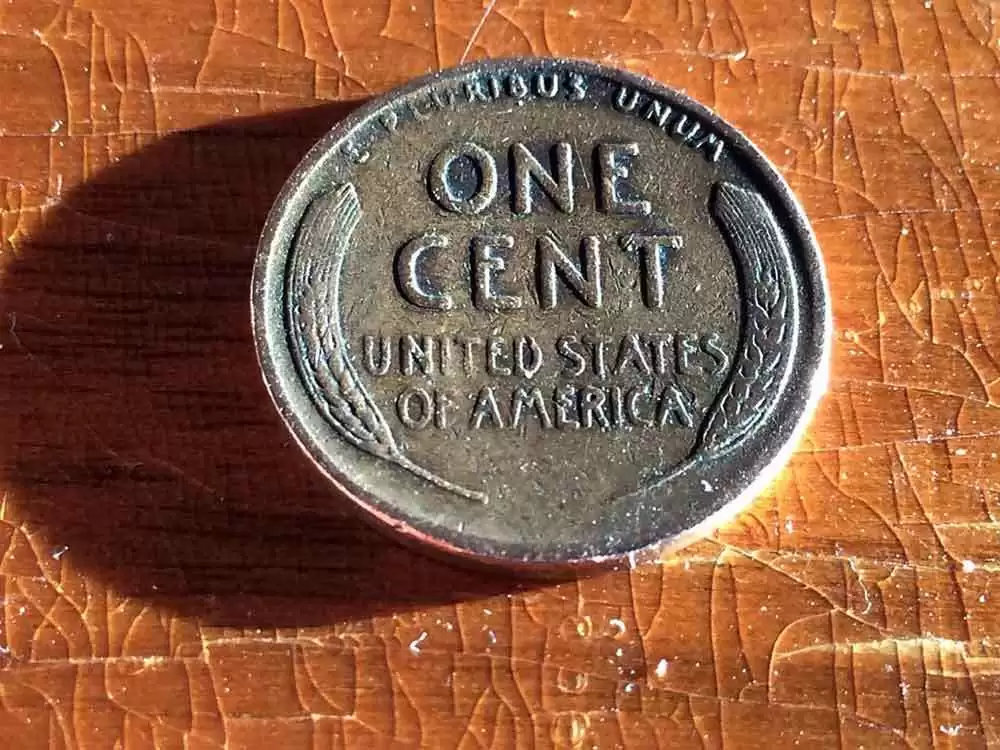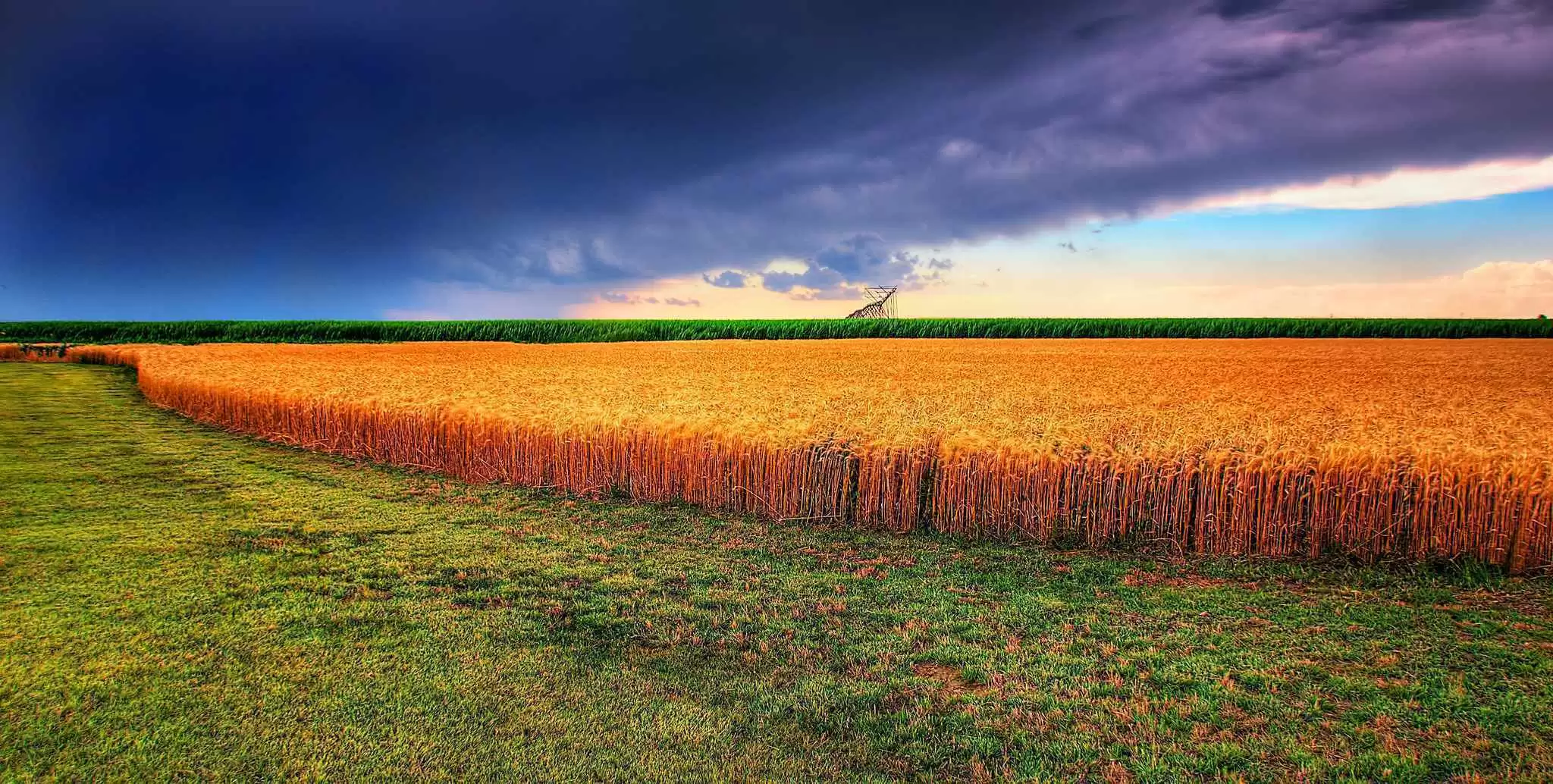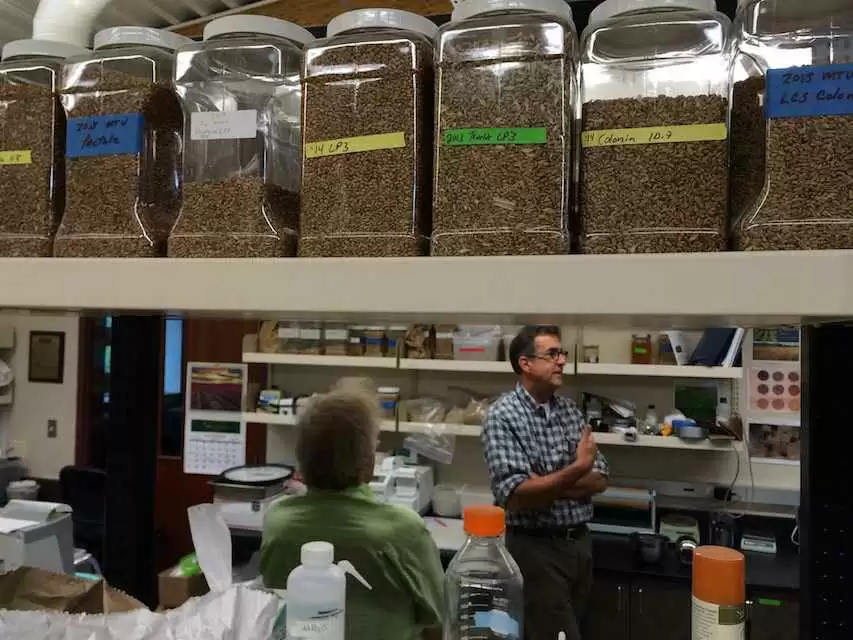
Celiac.com 06/10/2019 - Gluten-free wheat is surely an oxymoron, right? How can wheat be gluten-free? Well, researchers are currently creating wheat strains that exclude the proteins that trigger immune reactions in people with celiac disease and gluten-sensitivity. The result could be the first wheat that is safe for people with celiac disease.
The omega-1,2 gliadins are a group of wheat gluten proteins that contain immunodominant epitopes for celiac disease and also have been associated with food allergies. The research team recently set out to reduce the toxicity of gliadin proteins in wheat.
Celiac.com Sponsor (A12):
To reduce the levels of these proteins in the flour, the team used an RNA interference plasmid, which targeted a 141 bp region at the 5′ end of an omega-1,2 gliadin gene, to genetically transform a strain of bread wheat known as Triticum aestivum cv. Butte 86. They used quantitative two-dimensional gel electrophoresis and tandem mass spectrometry to conduct a detailed analysis of flour proteins from two transgenic lines.
In the first line, the omega-1,2 gliadins were missing from an otherwise normal proteome. In the second line, the team saw significant changes in the proteome, with nearly all gliadins and low molecular weight glutenin subunits (LMW-GS) missing.
The second line showed a rise in high molecular weight glutenin subunits (HMW-GS), with the largest increase seen in those with molecular weights slightly below the non-transgenic, possibly due to post-translational processing. The team also saw a rise in non-gluten proteins such as triticins, purinins, globulins, serpins, and alpha-amylase/protease inhibitors.
When tested with serum IgG and IgA antibodies from a group of celiac patients, both flour types showed reduced reactivity. Now, there's a big difference between 'reduced reactivity' and 'no reactivity,' but it's a solid step in the right direction.
The line without omega-1,2 gliadins showed improved mixing time and tolerance, while the line missing most gluten proteins showed inferior mixing properties.
The data suggest that biotechnology approaches may be used to create wheat lines with reduced immunogenic potential in the context of gluten sensitivity without compromising end-use quality.
The data say it's possible to create wheat lines with reduced gluten toxicity that are safe for people with gluten sensitivity. Such lines could give rise to celiac safe gluten-free or gluten-safe flours with excellent baking properties. Of course, such line would have to be tested on people with celiac disease. However, if celiac-safe lines can be developed, the landscape could change quickly for gluten-free bread and baked goods.
Read more in Frontiers in Plant Science, 09 May 2019
The research team included Susan B. Altenbach, Han-Chang Chang, Xuechen B. Yu, Bradford W. Seabourn, Peter H. Green and Armin Alaedini. They are variously affiliated with the Western Regional Research Center, United States Department of Agriculture-Agricultural Research Service, Albany, CA, United States; the Department of Medicine, Columbia University, New York, NY, United States; the Institute of Human Nutrition, Columbia University, New York, NY, United States; the Hard Winter Wheat Quality Laboratory, Center for Grain and Animal Health Research, United States Department of Agriculture-Agricultural Research Service, Manhattan, KS, United States; the Celiac Disease Center, Columbia University, New York, NY, United States; and the Department of Medicine, New York Medical College, Valhalla, NY, United States.









Recommended Comments
Create an account or sign in to comment
You need to be a member in order to leave a comment
Create an account
Sign up for a new account in our community. It's easy!
Register a new accountSign in
Already have an account? Sign in here.
Sign In Now